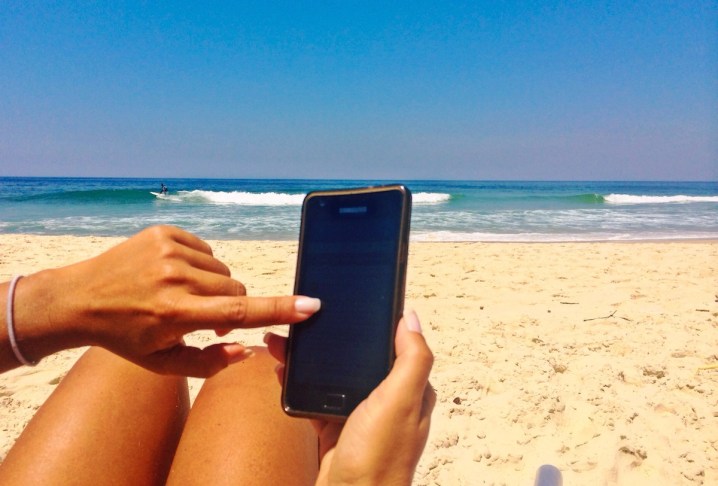
Lifeguards in Queensland, Australia, are hoping that people’s love of Wi-Fi will prove to be a key factor in helping to reduce drownings on their beaches.
It’s pretty simple. By offering free Wi-Fi within a beach’s safety flags where lifeguards monitor the water, Surf Life Saving Queensland (SLSQ) believes bathers will be more inclined to stick to those areas when they set down their towels.
With summer fast approaching Down Under, lifeguards are gearing up for another busy season as Aussies and foreign tourists flock to the nation’s beaches. The Wi-Fi idea plays on our modern-day need to stay connected around the clock, and so bringing it to designated areas of the beach could turn out to be a smart move by SLSQ, which is calling its setup “Life-Fi.”
Stats show that of the 5,000-plus rescues performed along Queensland’s coastline since January 2017, nearly 80 percent occurred outside of the safety flags, highlighting the importance of staying within the marked zones.
Another challenge for Aussie lifeguards is trying to communicate safety information to tourists with low-level English ability. With that in mind, the Life-Fi system has been configured to issue surf-related safety alerts in seven different languages to beachgoers.
SLSQ boss John Brennan said he believes Life-Fi, which will be used on ten Queensland beaches to begin with, can play an important role in protecting both international and local beachgoers this summer.
“For us, the benefits of Life-Fi are twofold,” Brennan said. “It’s a great way to encourage all swimmers to stay between the flags, but it’s also a wonderful platform to provide live information on conditions and safety tips, particularly to international tourists in their own language.”
He added: “Even trying to communicate simple messages such as ‘swim between the flags’ or ‘watch out for that rip’ can be almost impossible at times when you don’t speak the same language. We can use Life-Fi to educate and engage with all beachgoers, be it international or domestic, and that could literally mean the difference between a drowning and a positive outcome in the right circumstances.”
Beach safety tech
Australia has been at the forefront of developing technology to make its beaches safer.
An Aussie research team developed an algorithm in 2016 that can study video livestreamed from drones and automatically detect sharks close to the shoreline.
Called “Shark Spotter,” the software was shown to have 90-percent accuracy in distinguishing sharks from dolphins, rays, whales, and other marine life, compared to 18 percent for humans surveying the sea from the air.
The technology has been integrated into Australia’s “Little Ripper” drone that monitors the coastline and alerts lifeguards back on the beach when a shark is detected. The Little Ripper drone can also drop emergency beacons and flotation devices to swimmers experiencing difficulties in the water, as shown in this dramatic rescue effort that took place earlier this year.


